A little over a year ago my colleagues and I at ISSIMO became aware of the increased interest and movement toward the idea of business for good — or using capitalism to make positive change in the world. Feeling inspired, we decided to promote this idea with a video manifesto made in conjunction with the Laudato Si Challenge.
That was the beginning of a journey that we unintentionally embarked on, which has taken us to 17 countries in the past year. In that time we have met many inspiring people doing their part in a multitude of industries to make a difference in the world. In an effort to understand one such industry – impact investing – we’ve met and learned from the movers and shakers in the impact space, as well as the entrepreneurs, investors, and consumers.
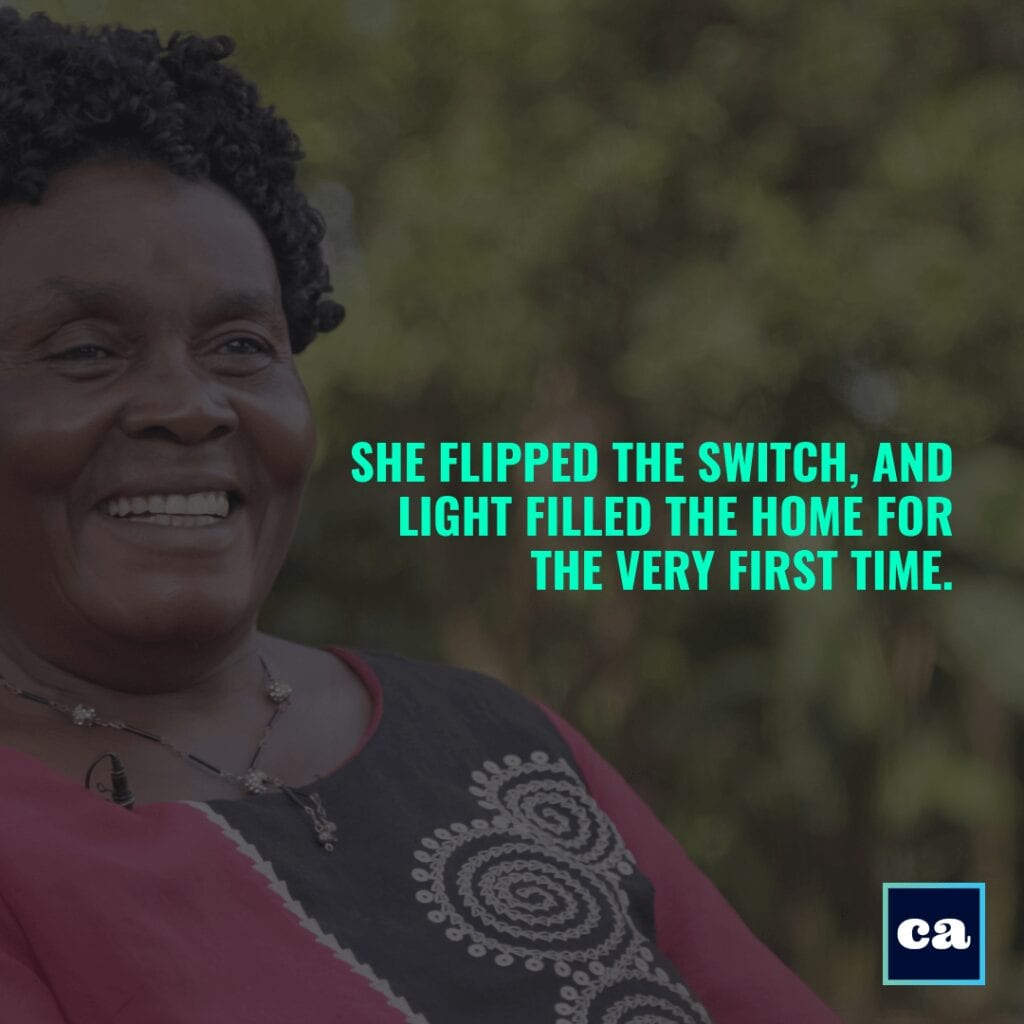
What did we learn about Solar Energy?
During this time we’ve learned that there are a lot of good ideas out there, a lot of innovation, passionate people, enthusiasm, and hope for the future. We’ve also learned that everything seems to hinge on investment.
Impact investing seems to be the key to making everything move, but any wise investment also demands measurement and results. So that brings us to a question: How do you really measure impact? And what is any given impact worth?
So we went to Uganda to see an example of how impact investing affects real lives at the end of the day. Our friends at responsAbility Investments AG connected us with one of their portfolio companies, SolarNow, who arranged for us to visit some of their customers and see for ourselves the impact that solar home systems can make.
A thunderstorm woke us up on our first morning in Uganda. November in Uganda is one of their two rainy seasons. We had our fingers crossed that it wouldn’t spoil our visit. Solar power still works well enough in the rainy season, but if we wanted to see new systems being installed that wouldn’t happen if we were stuck in a deluge.
After several hours of driving unpaved roads and crossing the Nile on a ferry, we found ourselves in Kamuli, a small town in eastern Uganda. We visited a SolarNow store and met several employees and the branch manager. Looking around we could see several storefronts for other solar power companies nearby. I asked a SolarNow employee if these were their competitors. Their response: “Not really. We have a little bit larger systems, and they are high quality, so when people are ready for something really good, they come to us.” It was good to see that the market for solar energy is thriving enough for there to be many competitive options.
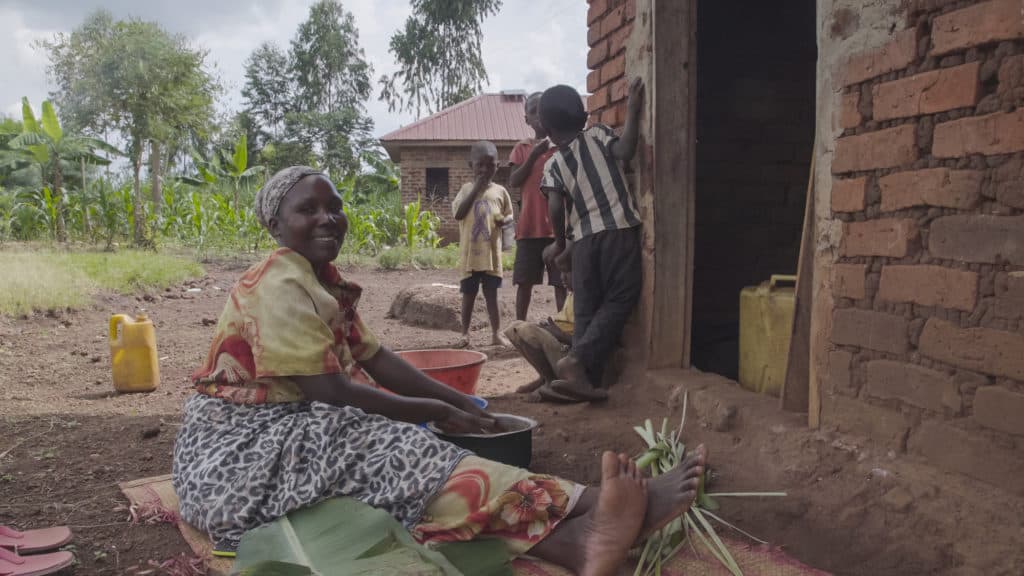
The average Ugandan household lives on less than $5 a day, and unemployment in the country is high, so how is anyone able to afford a household solar system?
The cost of Solar Technology
Advances in solar technology have lowered the cost of solar power to the point that companies are able to offer basic introductory home systems through financing, so on a daily and weekly basis the cost is similar to what many people are currently spending on kerosene. Then, when they have paid off the system they can “upgrade” their system by adding additional solar panels and batteries to power more than just lights. Refrigerators, TVs, water pumps, and fans are some of the upgrades that people are getting with their systems.
One of the SolarNow customers we were able to meet was Florence Naika. She has been a loyal SolarNow customer for 6 years. In that time she has upgraded her system several times. She proudly showed us the 5 solar panels on her roof, the lights in all of her rooms, her TV, and refrigerator. Some of the money she has been saving over the years from not having to buy kerosene has gone into building materials to construct a new and larger home on her property. She was so enthusiastic about the ways her life and her children’s lives have been improved with access to power, but in true grandmother fashion what she seemed most excited about was that her grandchildren, instead of complaining that visiting grandma was boring, now wanted to come visit her because she had a TV.
What Florence had been able to do was exactly what Maliza Namwesa was hoping for when she ordered a solar home system. She smiled from ear to ear as she showed us around her home and property. Her house sits near the road on her narrow acre-and-a-half plot in rural Uganda. She grows crops of corn, banana, and sweet potato. The land is rich and fertile, and the people, although their material means are meager, are expressive and happy.
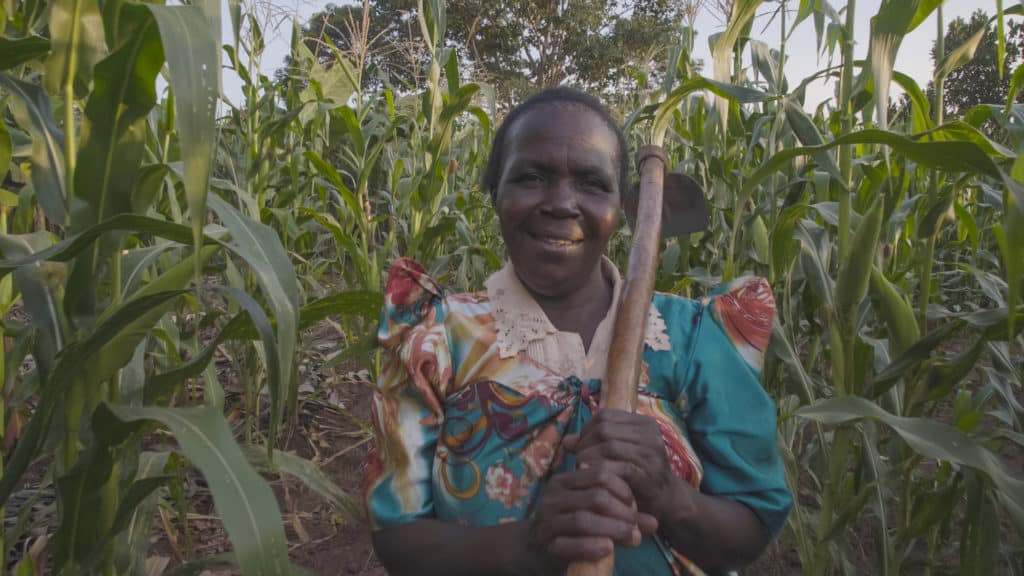
A widow and a grandmother, Maliza helps to provide and care for several of her grandchildren that live with her. She tells us about the ways she hopes to improve their lives, and how installing a solar home system to give them reliable and clean light at night is at the top of her list. As the sun sets she shows us where she would like a light on her porch, and the two rooms in her three room house that could use light the most.
About 10 meters from her front door is a small, one-room building that serves as her kitchen. Often, after sunset, she needs to go from the house to the kitchen to prepare dinner for her family. Seeing the way by kerosene lamp is difficult, and the wind can sometimes blow out the lamp.
The kerosene lamp also puts off a swirling black smoke that stains clothes and is toxic to breathe. While putting my camera above the lamp to get a quick shot, the smoke stained the UV filter on my lens. I didn’t realize it at the time because we were sitting in near blackness, but the next day I had to scrub the filter to get the black stain off. Maliza described how her young grandchildren sometimes spill the kerosene on accident, which made her afraid that if they had an accident with the lamp while she wasn’t around, it could start a fire and burn the house down.
As we visited with her family in her home after dark as she put her grandkids to bed, it was difficult to imagine really doing anything by the light of that kerosene lamp, which put out barely more light than a candle. The day is really ruled by the sun here. When the sun sets, you might as well go to bed, especially on a moonless or cloudy night. What else can you do if you can’t see? And in Uganda near the equator you don’t even have longer summer nights to look forward to. Year round the sun sets like a clock around 6:45pm.
As we left her home that night we were grateful for the incredible display of stars. No clouds meant we were lucky, the weather was going to cooperate and we would be able to see Maliza get the solar power she was looking forward to.
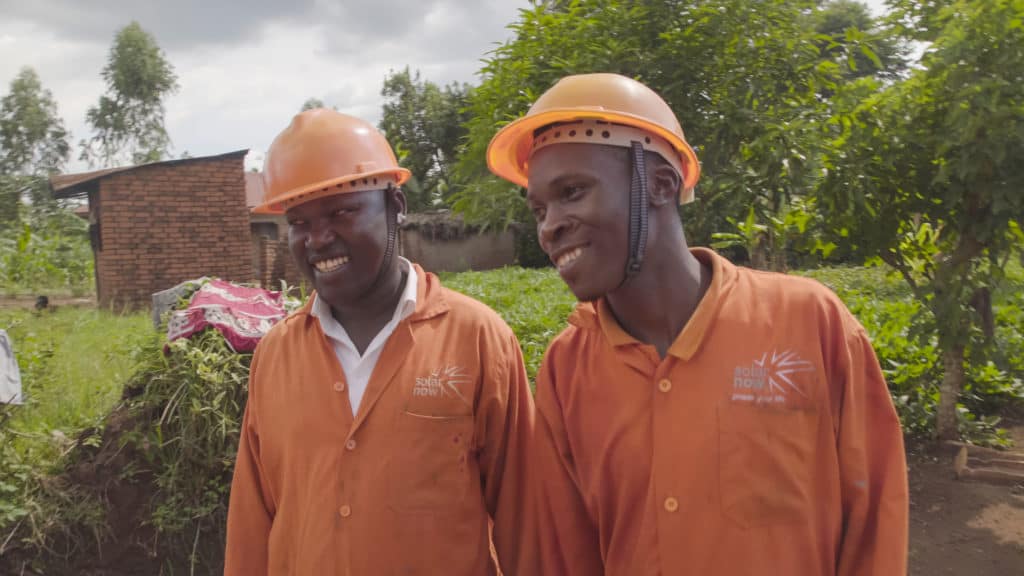
The following morning we headed back to Maliza’s home to see how the solar system was installed. We watched as David and Kayabula from SolarNow, tackled the installation. David has completed thousands of installs during his time with the company, and made the process look simple and easy. They installed the panel on the roof, ran the wires to the battery, then connected the lights and switches.
Solar Energy Financing
The financing option made it feasible for Maliza to buy, and she was definitely looking forward to the day when her system would be paid off so that she’d be able to put her money to better use to fix things up around her home.
As the sun set Maliza gathered family together and had her grandchildren stand next to her as they tested out their new lights. She flipped the switch, and light filled the home for the very first time. Everyone smiled and laughed. They ate together and the kids pulled out their school work, now able to study at night. But this wasn’t an event just for Maliza and her family. The entire neighborhood had gathered around to see her new lights. Children poked their heads through the windows and doors to see. As we were leaving later that evening a large group of people were still gathered around the front of the house, talking together in the glow of the porch light.
The difference that a few solar lights had made was literally night and day. But as impressive as the difference three simple solar lights were on this family compared to the kerosene lamp they used before, this wasn’t the most impactful story we came across.
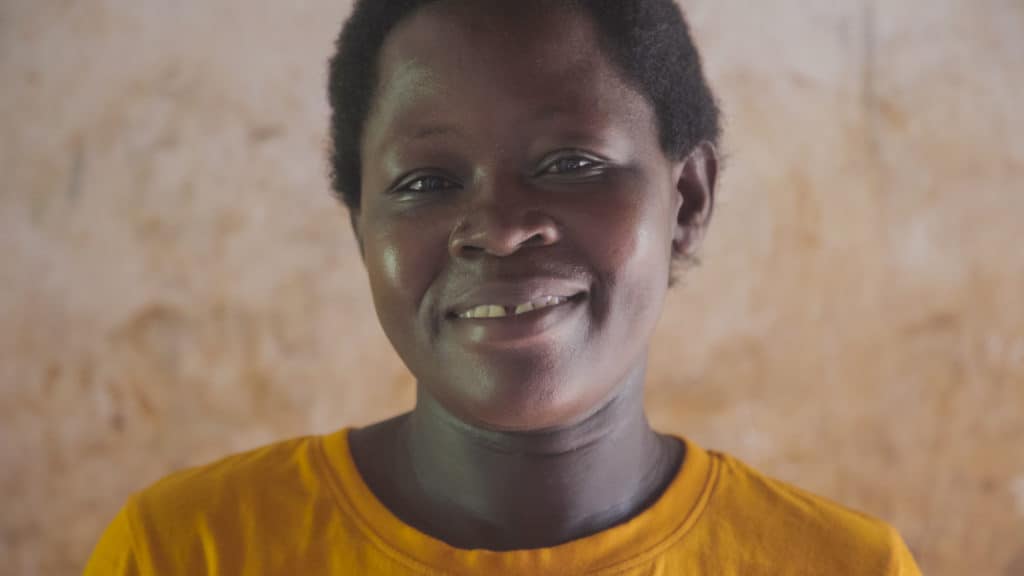
Alikoba Fatumah is a mother of 3, who has become the sole provider for her family with the help of her SolarNow system. About 7 months ago, her husband became sick and unable to work. She acquired the solar system so she would be able to start a business to provide for her family. As we entered her home our eyes went immediately to two power strips sitting in the middle of the floor with a half-dozen cell phones plugged into it charging. She charges phones for her neighbors, has become the local barbershop and movie theater, and offers computer classes from her home. Wearing her bright orange SolarNow t-shirt that the branch manager gave her, Alikoba was effusive about how SolarNow has changed her life. Since recovering from his illness, her husband has still not been able to find work, but with her business’s success, she is providing a decent living for her family.
Solar energy helping to give someone opportunities for economic mobility is incredible. This is the type of success story that I think any impact investor should keep in mind when investing. What investment will enable an end consumer to lift themselves through their own creativity and enterprise? The power of impact investing is in providing individuals options in the market that would otherwise not be available to them.
They aren’t being relieved through a handout, but empowered through opportunity and their own efforts. Solar energy that’s affordable for a rural Ugandan creates real impact, and that’s something worth investing in.
Latest Stories
- What are Plant Based Fibers
- 7 Sustainable and Eco Friendly Floss Options
- Anshul Magotra: How Social Innovation Circle Supports Impact Entrepreneurs
- Causeartist Brief – U.S. Department of Energy x Google, Bezos Centers for Sustainable Protein, Oregon Biochar Solutions
- Evidencity: Pioneering the Fight Against Modern Slavery Through Tech







